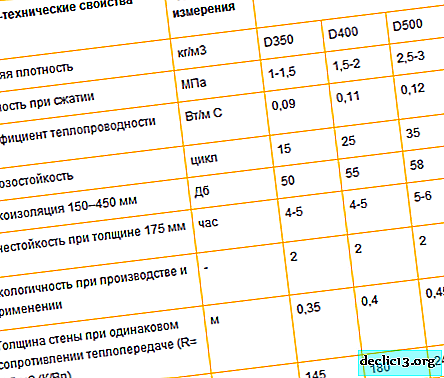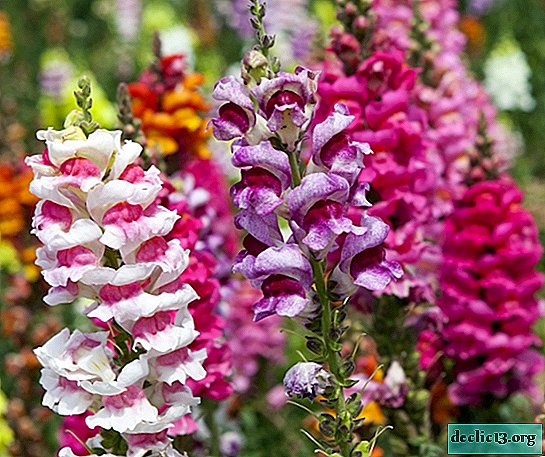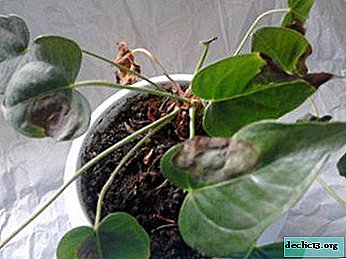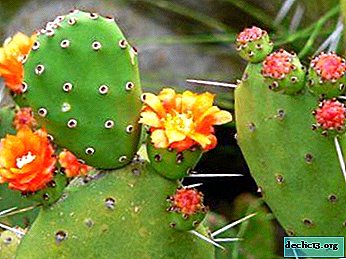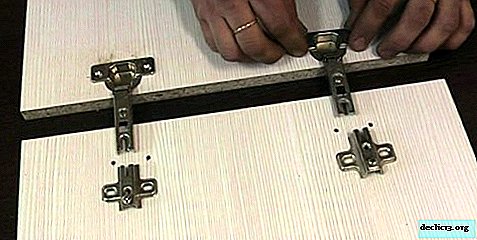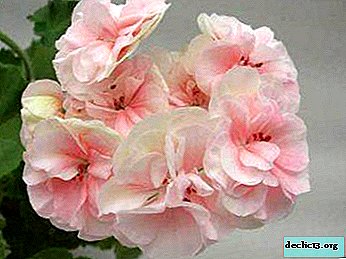Beautiful miniature cactus - sulcorebucia. Description, types and grades, home and outdoor care
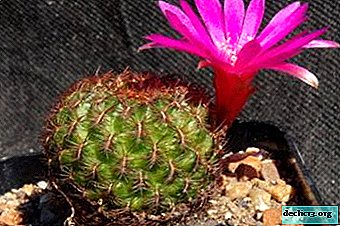
Sulcorebucia is a compact, beautifully and easily flowering miniature cactus. A large collection of plants can be easily placed on a regular windowsill.
In this article, we will consider the most popular varieties of sulcorebutia and talk about the basic rules for caring for a plant at home. We will explain how to properly propagate this miniature cactus with seeds and side shoots. And also tell you what diseases and pests can be dangerous for this succulent.
Botanical Description and Geography
The genus Sulkorebutia combines cacti with a characteristic round or slightly cylindrical shape. The tip of these plants is always flattened. Sulcorebucia is a high mountain Bolivian miniature cactus. Most species grow in Cochabamba province. Most often, this cactus grows under the cover of other plants - grasses and xerophytic shrubs.
Sulkorebutsiya develops rather slowly, its spherical stems, at the beginning solitary, form multiple processes with age. The cactus has strong spines, elongated and slightly pressed into the body of the areola, with a short furrow extending from them.
The color of the stem can vary from shades of green, to grayish-brown tones. The root system of sulcorebure is powerful and thickened. Flowers of various, always very bright colors appear on the top of the stem and often form an attractive wreath. The fruits of sulcorebutia are berries, a few millimeters in size.
The first representative of the genus was described by E. Verderman in 1931.Popular types and varieties of sulkorebutsii
Rausch (Rauschii)

The species was discovered on the peaks of the mountains of Bolivia by the Austrian cactus expert W. Rausch and named after him.
A plant with a sisyl-purple or smoky-ruby stem, the top of which is flattened. The stem is overgrown with a large number of lateral shoots, with a diameter of not more than three centimeters. Sixteen spiral-shaped edges are divided into flat tubercles. Areoles oblong, with short pubescence. Spines are thin, black, radial, claw-like, adjacent, not more than 20 mm in length. There are no central thorns (are there cacti without thorns?). Flowers about three centimeters in diameter are brownish-pink, with a white center. The inflorescences are tubular, the corolla of the flower is wide open.
Canigueralii

The view is named after the Bolivian priest Juan Canyigueral. Slow-growing, variable in the color of flowers and thorns species. Miniature cactus forming multi-headed groups.
The stalk is no more than three centimeters in height and no more than five in diameter, has a depressed apex and color from light green to dark purple. The ribs of the plant are tuberous, spiral. Areoles narrow, white with pubescence. Each areola has 11-14 thin, bristle-shaped radial spines. The central spines are most often absent, or, if they are, then no more than two. The flowers are wide open, funnel-shaped, of various colors from orange to dark purple, appear from the lower areoles.
Arenacea

Another name is sandy. Single-stalked, single-stem plant. The color is greenish brown, sizes up to 3 cm in length and up to 6 cm in diameter. The top is depressed. It has about thirty tuberous, spirally located ribs. The areoles are elongated, yellowish-gray, each of which has 14-16 thin, curved, sometimes mixed thorns. The flowers are yellow, up to three centimeters in diameter.
Langeri (Langeri)

View with a grayish-green stem, having ribs divided into tubercles with brown areoles, each of which has 21-25 bristly, comb-like spines. Funnel-shaped flowers, up to 4 cm in diameter, with numerous, elongated petals of bright yellow color.
Ucker (Juckeri)

A plant with a stem reaching ten centimeters in width and five in height. Tuberculosis protruding. The areoles are narrow, up to 6 mm long and about 1 mm wide with powerful and long straw-colored spikes that bend slightly upward. Flowers with red petals, yellow in the area of the pharynx (you can learn about red cacti here).
Steibach (Steinbachii)

Strongly shabby miniature, forming large pillows. Stem with green epidermis, divided into flat, oblong tubercles. Areoles elongated, felt. Each areola contains about eight strong black spines, one centimeter long. The central spines, which can be from one to three, are grayish, with a dark tip, up to one centimeter long. The cactus has a large, repetitive root. Funnel-shaped flowers, up to 4 cm in length and in diameter. The color is varied, from raspberry to orange.
Curly (Crispate)

Also called curly or crispata. A spherical stem, with a diameter of two centimeters, is covered with rounded tubercles. Radial spines crest adjacent to the stem, they are thick, long, light color. The flowers are pink, with a diameter of about 4 cm (cacti with pink flowers are described here).
How to care at home?
- Temperature. In spring and summer, sulkorebutsii suitable room temperature of 20-25 degrees. If possible, it is necessary to organize the difference between daytime and nighttime temperatures. In winter, the plant should be kept at a temperature not exceeding 10 degrees. It can withstand short-term frosts if it is in dry soil.
- Watering. With the beginning of the growing season and swelling of the buds, sulkorebure needs regular watering, in the absence of which the buds will dry out. In mid-summer, watering should be reduced, conducting them as the soil dries. With the advent of autumn, watering is again increased by time and reduced to zero at the beginning of wintering.
- Shine. The plant needs an abundance of light, with a lack of which it stretches out and ceases to bloom.Intensive lighting allows you to preserve the natural shape of the stems, the color of the epidermis and contributes to abundant flowering and normal development of thorns.
- Priming. For sulkoreburets you can buy ready-made shop soil, the one that is used for succulents is suitable, if you prepare the substrate yourself, it should contain sheet soil and peat in equal parts with an admixture of gravel crumb - up to 40%.
- Trimming. For a strongly overgrown plant, formation can be carried out by separating the cuttings. Sulkorebutsiya increases the volume due to actively developing side shoots.
- Top dressing. They are fed monthly with ready-made fertilizers for cacti and succulents with a high content of calcium, potassium and phosphorus. Fertilizer should be diluted to half the recommended dose and applied in spring and summer. In the resting period, feeding is excluded.
- Pot. A pot for sulkoreburets requires a wide and shallow, with drainage holes.
- Transfer:
 Young plants are transplanted as they grow, and adults once every three years.
Young plants are transplanted as they grow, and adults once every three years.- The transplant procedure is carried out in spring or autumn after flowering.
- The plant is removed from the old soil, it is very important that the earthen lump is dry.
- By transfer method, the cactus is transplanted into a new container, in which the soil must also be dry.
- After transplanting, the plant is placed in a shaded place and the first watering is carried out only after a week.
- Wintering. Sulkorebuciya should winter at a temperature of 6-10 degrees, practically without watering. An important point for the plant is the beginning of growth after a dormant period. At this time, the kidneys are laid. It is necessary to restrain these processes with low temperatures and dryness until constant heat arrives and the daylight hours increase to at least 13 hours.
Features of outdoor care
- In open ground, sulcorebution should be placed in a sunny place.
- Landing must be protected from the north winds.
- Every year, the soil under the cacti must be changed, at least partially, it will also be necessary to carefully remove all weeds.
- Watering is carried out in case of prolonged absence of rain. Water should be soft, not from the well.
- Around the cactus meadow, you must carefully mow the grass.
- If the temperature drops to ten degrees, a cactus is dug up and transferred for wintering to the room.
Propagation by seed and lateral shoots
- Seeds:
- For sowing seeds, you need to choose flat wide tanks.
- Seeds before planting for a day are soaked in a weak solution of potassium permanganate.
- Seeds are scattered on the surface of the soil and slightly moisten the substrate.
- The container is covered and left in a bright place at a temperature of 15-20 degrees.
- After the appearance of the sprouts, you need to wait until the height of their stem reaches 2 cm, from this moment they can be transplanted into small pots.
 Side shoots. As sulkorebutsiya grows, it gives a lot of "children".
Side shoots. As sulkorebutsiya grows, it gives a lot of "children".- The lateral shoots are separated, performing a slight twisting motion with the hand. For the procedure, gloves must be worn so as not to damage the skin with thorns.
- The resulting planting material is placed in a dry substrate for cacti.
- The plant should be rooted in dry soil, after this happens, sulkorebutu begin to water with a syringe or pipette.
Outdoor propagation
- Only mature, mature plants are suitable for moving into open ground.
- You can cut sulkorebucheniyu, planted in the garden for the summer, but rooting cuttings immediately in the garden is not recommended.
- At the beginning of an independent life, cuttings require rooting in small containers.
Diseases and Pests
- Like all cacti, sulkorebutsiya rot with improperly organized drainage and stagnation of moisture.
- An elongated plant stem indicates insufficient lighting.
- If the cactus is exposed to direct sunlight for a long time, it can get burns.
- A red spider mite is dangerous for sulkoreburets. It is difficult to notice this pest with the naked eye; it detects its presence by the appearance of light spots on the stalk of the skin. With a massive accumulation of parasites, one can observe a spider web covering the plant.
The pest is destroyed using insecticides.
Similar flowers
Outwardly Sulkorebutsiya is similar to:
- Rebucius (learn more about the varieties of Rebucius here);
- Lobivia
- Echinopsis;
- Mammillaria
- Astrophytum.
Despite its long and widespread use as a home plant, cacti will never become ordinary inhabitants of the house. In particular, flower growers claim that there are no two identical sulkorebutsii in the world, therefore, you can safely opt for this plant, if you want to get an original living element of the interior.

 Young plants are transplanted as they grow, and adults once every three years.
Young plants are transplanted as they grow, and adults once every three years. Side shoots. As sulkorebutsiya grows, it gives a lot of "children".
Side shoots. As sulkorebutsiya grows, it gives a lot of "children".
